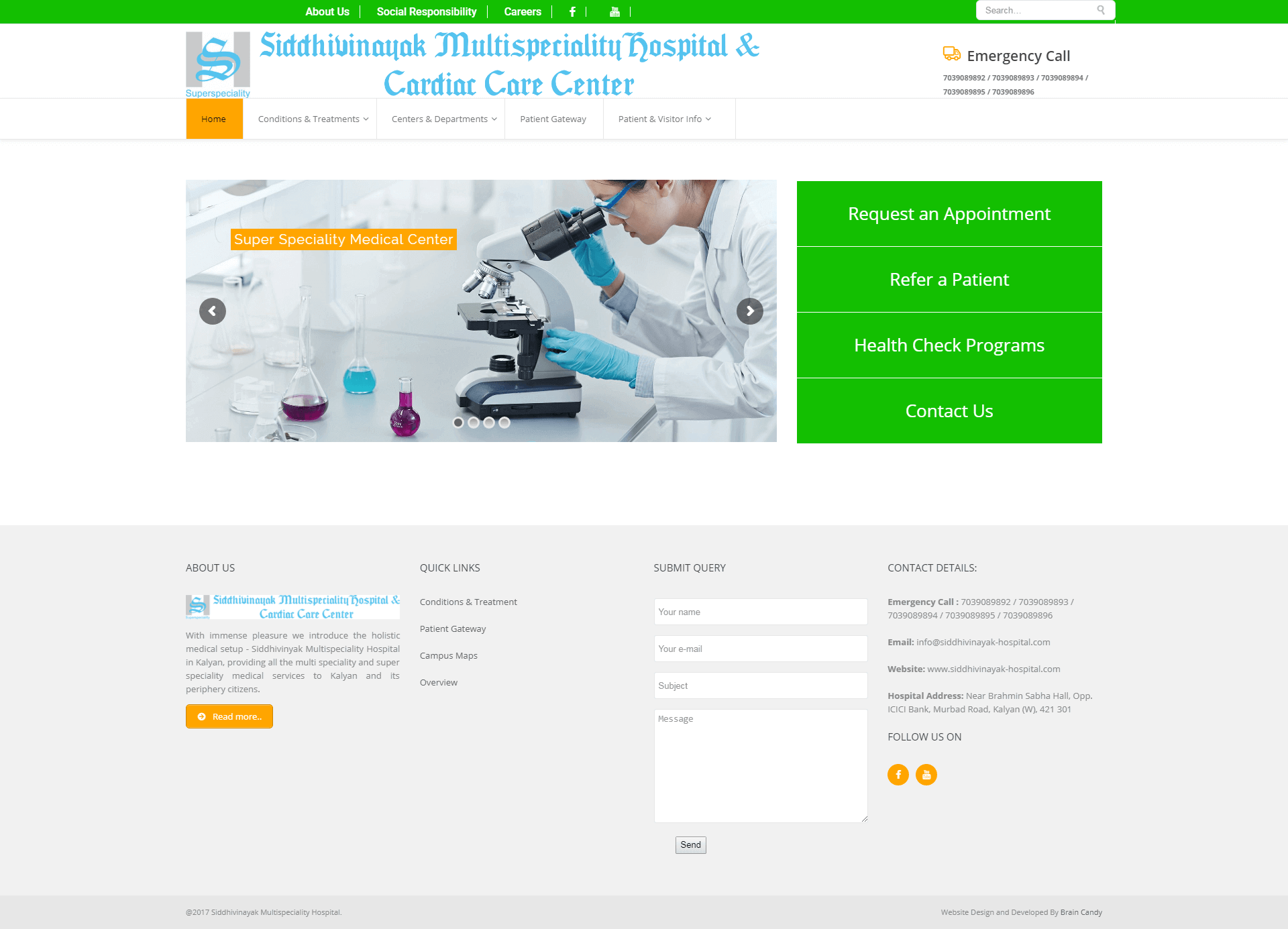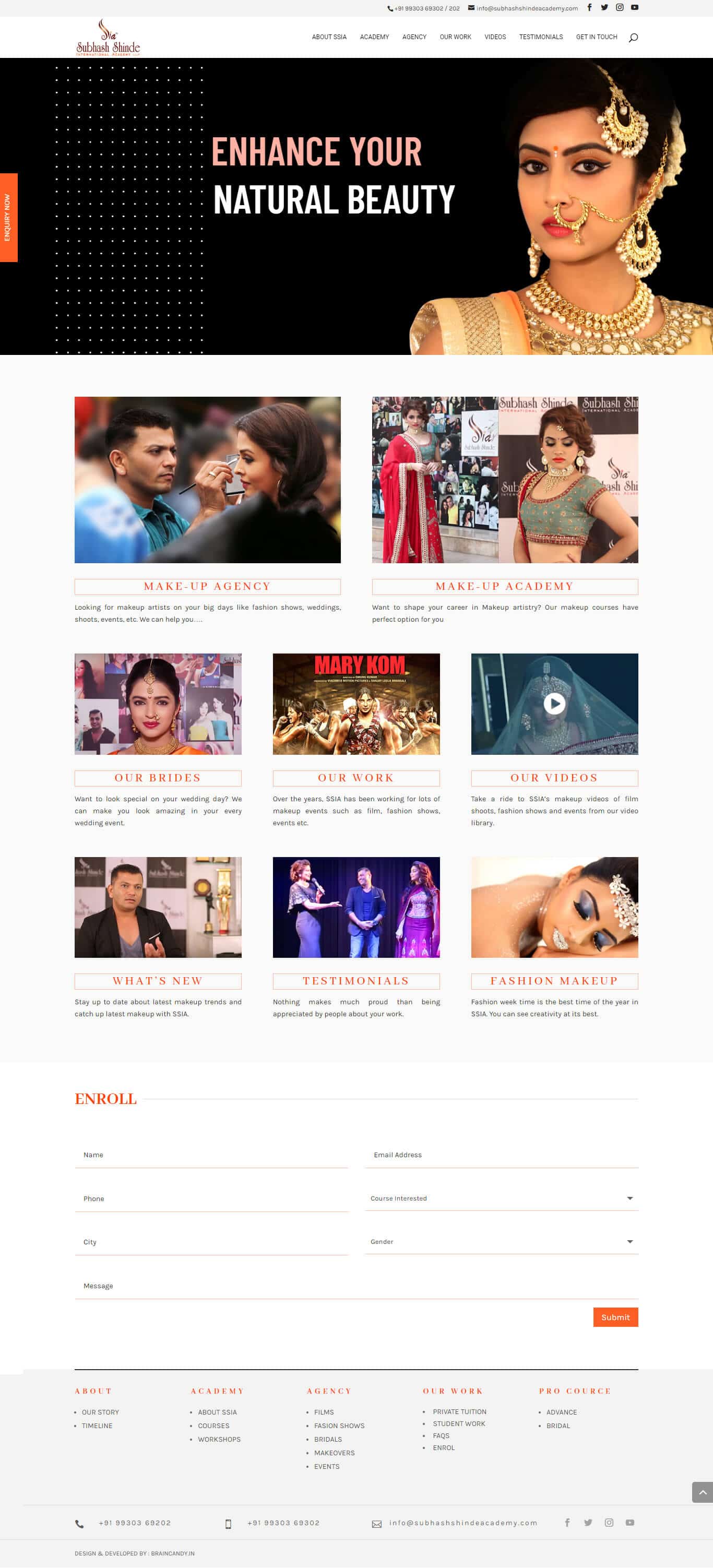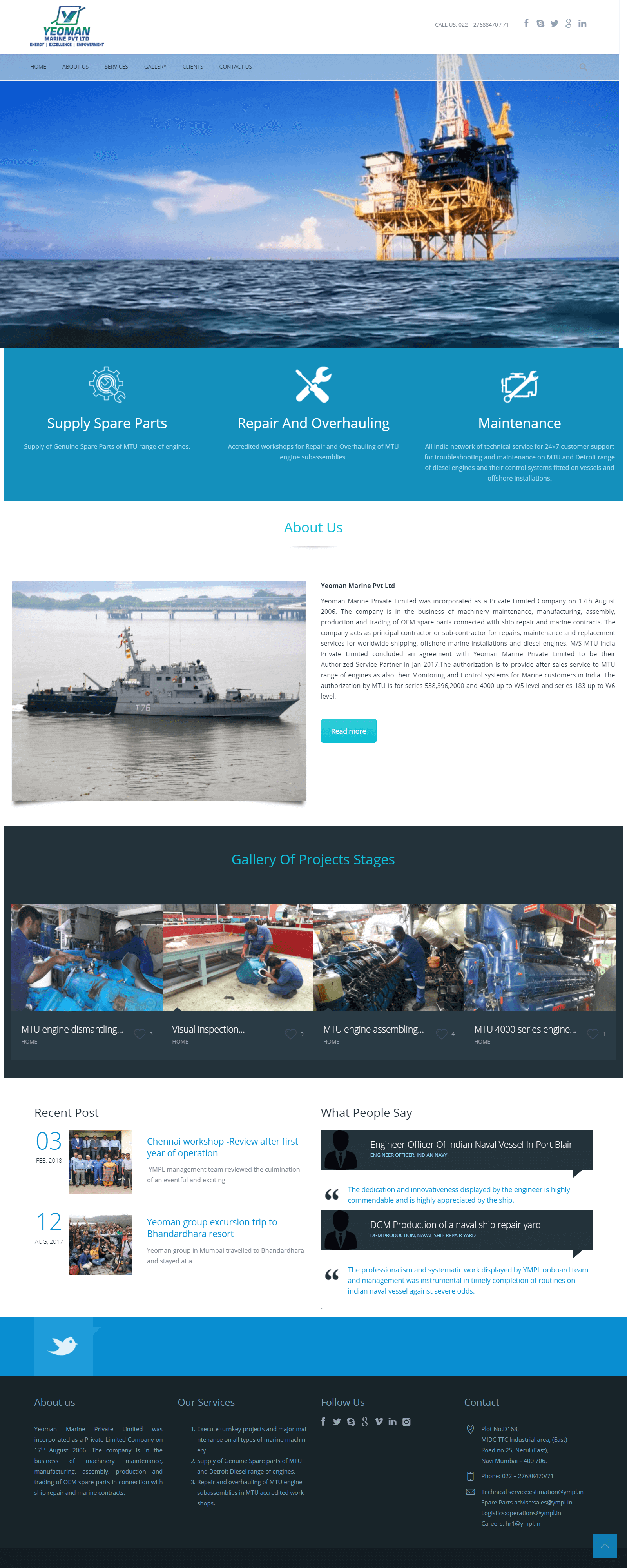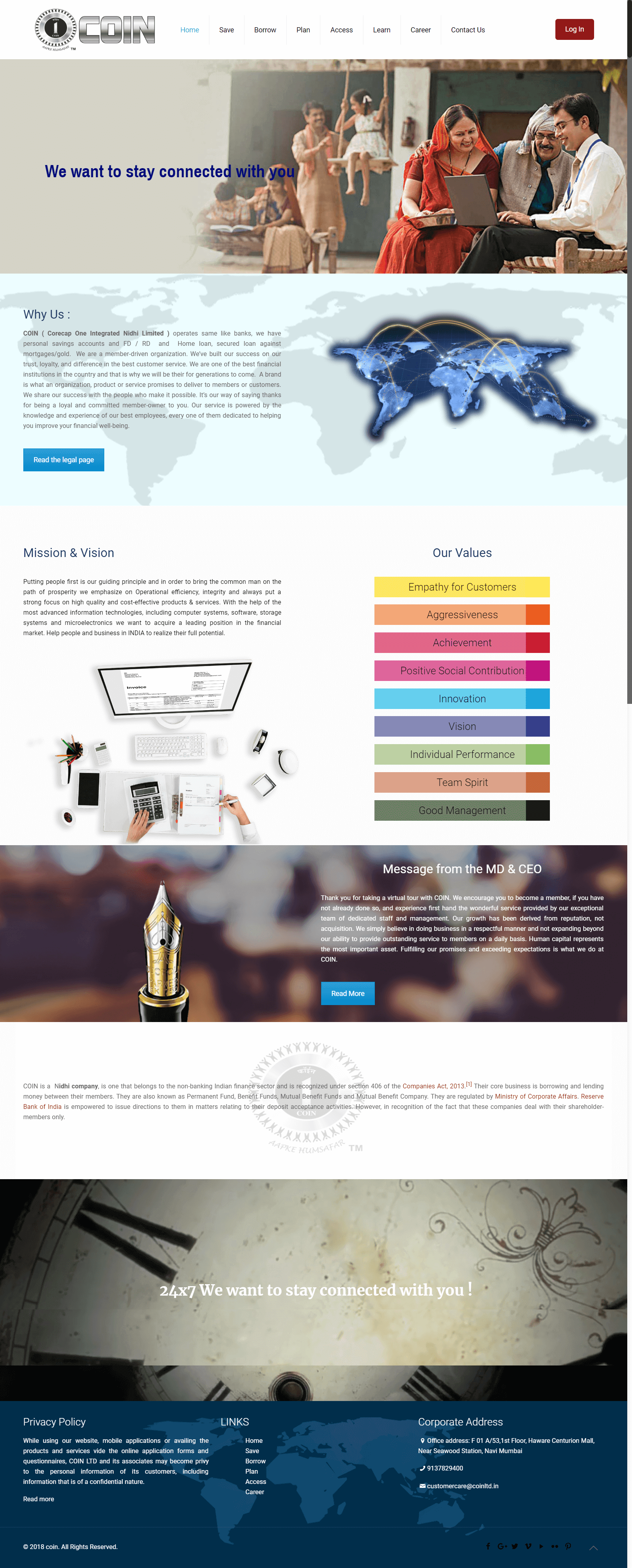- BY braincandy
- POSTED IN SEO
- WITH 0 COMMENTS
- PERMALINK
- STANDARD POST TYPE


First of all, SEO is not a one-day job. Therefore, optimizing for organic revenue with SEO needs time, and above all, professional experience. Yes, it is possible to generate three times more leads and optimize organic revenue with SEO. Search engine optimization is essential in any website strategy, but it takes a lot of work and consistency if you want to get to the top. All websites on the Internet have a goal of ranking first in search engines, but since there is only one place at the top for every keyword, not all of them achieve their goal.
What is lead, and how does lead generation work?
A lead is a prospect whose contact details a company has generated and who is to be converted from sales to customers. The customer registers either for the newsletter or other media such as white papers or e-books with their email address. Interested parties receive offers with relevant content if they leave their email contact in return. Many B2B companies already use lead generation as a fundamental part of their sales strategy.
The aim of generating leads is to present the product to implement his purchase intention ultimately. Generating leads and then converting them into customers is based on much more than just collecting data. The data obtained serve to get to know each interested party and their problem better. This process is called Lead Nurturing, which means something like maintaining contacts. All leads should be addressed and supplied with the information relevant to them at the right time.
Keyword research –
You need to know the key terms used by your potential customers to search in search engines. It is particularly important to provide these keywords with additional information or use a combination of key phrases of interest to your potential customers. Instead of using keywords for the search “content management system,” it makes more sense to use keywords for “content management system comparison” and “content management system overview.”
Use keywords sensibly –
You need to use these keywords or keyword combinations on your websites or landing pages and in your content. 75% of searchers click on the organic results in the search engines. Paid searches such as Google Ad Words are only used in approx 25% of all searches. Tagging the website and optimizing it for relevant keywords pay off.
Use social media –
Social media are an excellent platform to publish and distribute your content. The more content you make available, the more effectively you use the social media channels.
Responsive design –
Optimize your pages and content for mobile access. 80% of all website accesses now come from mobile devices. Be “mobile-friendly” and receive mobile visitors as well.
Forms and Progressive Profiling –
Use forms on your website to convert as many visitors as possible into identifiable contacts. Does your website have one or several “call-to-action”? Online forms connected with landing pages and call-to-actions effectively generate new leads for your sales department.
Create a blog –
Few companies today take advantage of the blog to promote their expertise. The probability of being found via a blog post is up to 80% higher than via the “normal” website. Post interesting texts online to reach potential customers in this way too.
Define the customer cycle –
Think about how your prospects can develop further in the buying process. What phases do your leads go through before they make a purchase decision? Provide relevant information for each stage and offer this with “nurturing emails” at regular intervals. In this way, you can provide targeted information until interested parties are “ripe” for contact with your sales department. Use different nurturing campaigns to welcome interested parties or to build up knowledge with them.
Set and measure KPIs –
Set goals and measure your results regularly. Use a platform that helps you analyze your sources and activities. You should see how many visitors you have obtained through the search engines’ organic search, direct visitors, social media, and external links. Which content was particularly in demand? Which channels bring the best leads? It is how you build efficient lead management.
Conclusion: Define your lead generation goals –
Is it about the crowd or specific leads? What channels does the company use to get the leads it wants? Is it a push or pull campaign? If you consider these three questions and clearly define your goals, you can save significant resources. The more you deal with it in advance, the more you will notice that every product and service requirements can differ. Besides, the answers to these questions also vary significantly from industry to industry. Today, in particular, there are more creative and goal-oriented ways of generating leads than ever before. These can be exclusive offers, high-quality online content, or individual online or offline advice. Your product should reach as many people as possible.
Effective lead generation needs strategies, so consult with a professional digital marketer before taking any steps.












